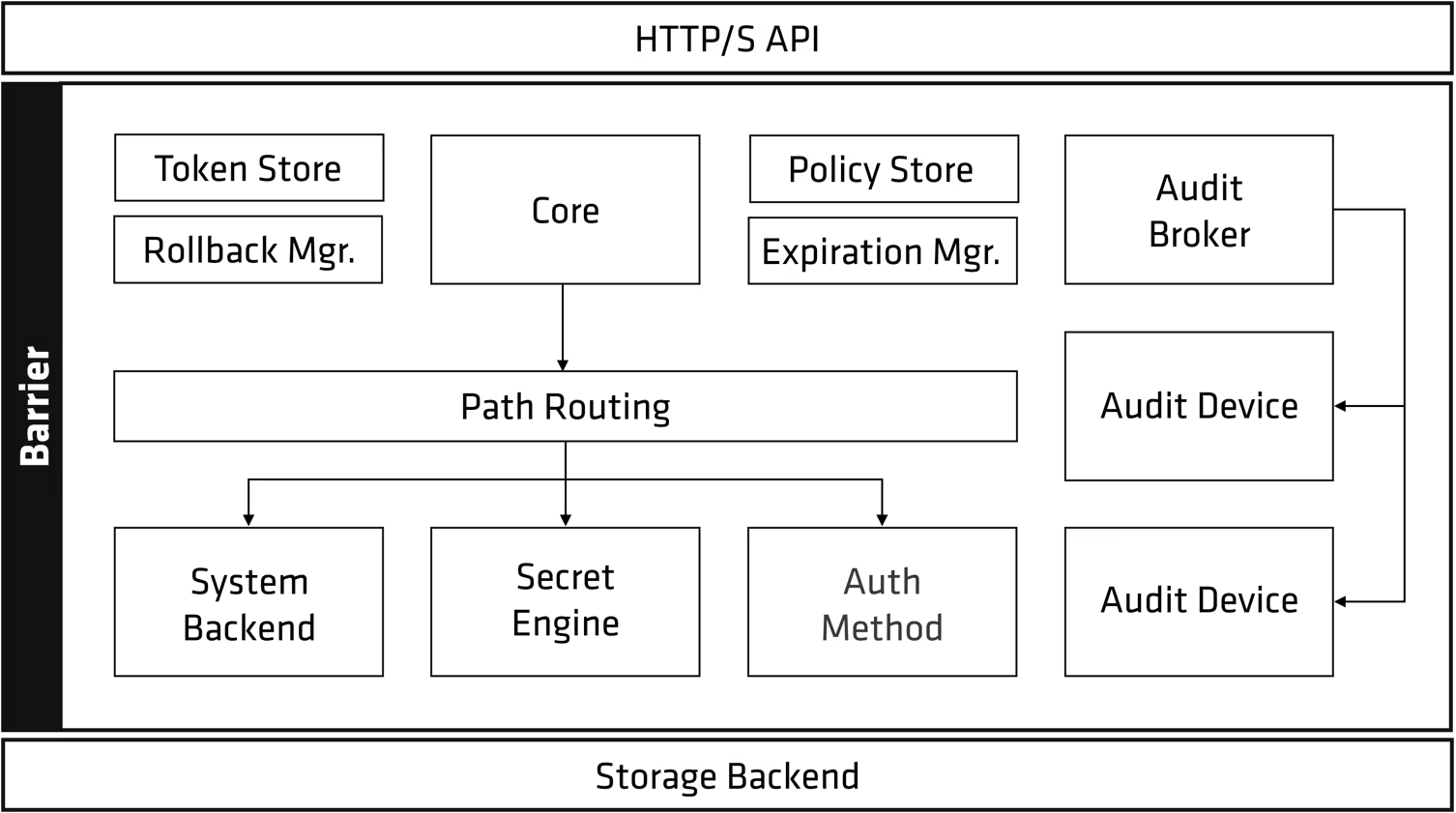Microservices/Applications Solution Architect is responsible for designing and implementing microservices based solutions and strategies and for the microservices adoption process within the organization. Here are three questions and their answers that you can be sure to meet in any Microservices/Applications Solution Architect job interview.
(1) What are the key challenges of monolith application architecture?
Short Answer:
Monolith applications have challenges in scaling, deployment, and development. As application grows in size, it becomes difficult to manage the code and make changes without impacting other parts of the application. Moreover, scaling a monolith requires scaling the entire application, leading to inefficient resource utilization.
Detailed Answer:
The key challenges of monolith application architecture include:
a) Scalability: Scaling a monolith application means scaling the entire application, even if only a small part of it needs more resources. This leads to inefficient resource utilization and increased costs.
b) Deployment: Deploying a monolith requires building and deploying the entire application, even for small changes. This can result in lengthy deployment cycles and downtime.
c) Development: As monolith applications grow, the codebase becomes increasingly complex and difficult to manage. This can lead to difficulties in making changes, understanding the code, and collaborating effectively between teams.
d) Tight Coupling: Changes in one part of the application can potentially affect other parts, making it challenging to maintain and evolve the application.
e) Technology Constraints: Monolith applications are often limited to a single programming language and technology stack, limiting flexibility and innovation.
Monolith applications have challenges in scaling, deployment, and development. As application grows in size, it becomes difficult to manage the code and make changes without impacting other parts of the application. Moreover, scaling a monolith requires scaling the entire application, leading to inefficient resource utilization.
Detailed Answer:
The key challenges of monolith application architecture include:
a) Scalability: Scaling a monolith application means scaling the entire application, even if only a small part of it needs more resources. This leads to inefficient resource utilization and increased costs.
b) Deployment: Deploying a monolith requires building and deploying the entire application, even for small changes. This can result in lengthy deployment cycles and downtime.
c) Development: As monolith applications grow, the codebase becomes increasingly complex and difficult to manage. This can lead to difficulties in making changes, understanding the code, and collaborating effectively between teams.
d) Tight Coupling: Changes in one part of the application can potentially affect other parts, making it challenging to maintain and evolve the application.
e) Technology Constraints: Monolith applications are often limited to a single programming language and technology stack, limiting flexibility and innovation.
(2) Explain the difference between Monorepo and Polyrepo for managing Microservices application code?
Short Answer:
Monorepo is a single repository for all microservices code, while Polyrepo uses multiple repositories, one for each service. Monorepo simplifies code management but can lead to tight coupling and challenges in deployment. Polyrepo provides better isolation but may increase complexity in managing multiple repositories.
Detailed Answer:
Monorepo: A single repository that stores the code for all microservices.
Advantages: Simplifies code management, promotes code sharing, and facilitates cross-service collaboration.
Disadvantages: Can lead to tight coupling, slower build and deployment times, and potential for merge conflicts.
Polyrepo: Multiple repositories, one for each microservice.
Advantages: Enhances isolation between services, simplifies deployment, and promotes independent development.
Disadvantages: Increases complexity in managing multiple repositories, makes cross-service collaboration more challenging, and requires additional mechanisms for sharing common code.
Monorepo is a single repository for all microservices code, while Polyrepo uses multiple repositories, one for each service. Monorepo simplifies code management but can lead to tight coupling and challenges in deployment. Polyrepo provides better isolation but may increase complexity in managing multiple repositories.
Detailed Answer:
Monorepo: A single repository that stores the code for all microservices.
Advantages: Simplifies code management, promotes code sharing, and facilitates cross-service collaboration.
Disadvantages: Can lead to tight coupling, slower build and deployment times, and potential for merge conflicts.
Polyrepo: Multiple repositories, one for each microservice.
Advantages: Enhances isolation between services, simplifies deployment, and promotes independent development.
Disadvantages: Increases complexity in managing multiple repositories, makes cross-service collaboration more challenging, and requires additional mechanisms for sharing common code.
(3) What are the different ways Microservices can communicate with each other?
Short Answer:
Microservices communicate through API calls, message brokers, and service mesh. API calls use synchronous communication where one service sends a request and waits for a response. Message brokers facilitate asynchronous communication by sending messages through an intermediary service. Service mesh provides a dedicated service for managing communication between microservices.
Detailed Answer:
i) API Calls: Synchronous communication where one service sends a request to another service and waits for a response. This is suitable for real-time interactions and immediate data exchange.
ii) Message Brokers: Asynchronous communication where services exchange messages through an intermediary service. This allows for decoupled communication, handling high message volumes, and implementing event-driven architectures.
iii) Service Mesh: A dedicated infrastructure layer that provides network communication and traffic management between microservices. It enables features like service discovery, load balancing, security, and observability.
Microservices communicate through API calls, message brokers, and service mesh. API calls use synchronous communication where one service sends a request and waits for a response. Message brokers facilitate asynchronous communication by sending messages through an intermediary service. Service mesh provides a dedicated service for managing communication between microservices.
Detailed Answer:
i) API Calls: Synchronous communication where one service sends a request to another service and waits for a response. This is suitable for real-time interactions and immediate data exchange.
ii) Message Brokers: Asynchronous communication where services exchange messages through an intermediary service. This allows for decoupled communication, handling high message volumes, and implementing event-driven architectures.
iii) Service Mesh: A dedicated infrastructure layer that provides network communication and traffic management between microservices. It enables features like service discovery, load balancing, security, and observability.




